This article was co-authored by Chris M. Matsko, MD. Dr. Chris M. Matsko is a retired physician based in Pittsburgh, Pennsylvania. With over 25 years of medical research experience, Dr. Matsko was awarded the Pittsburgh Cornell University Leadership Award for Excellence. He holds a BS in Nutritional Science from Cornell University and an MD from the Temple University School of Medicine in 2007. Dr. Matsko earned a Research Writing Certification from the American Medical Writers Association (AMWA) in 2016 and a Medical Writing & Editing Certification from the University of Chicago in 2017.
This article has been viewed 197,753 times.
Jock itch doesn’t just happen to athletes, though they are particularly prone to it because they sweat so much. Also, both men and women can get it. Jock itch is a red, itchy fungal infection that grows in the skin of your genitals, between your thighs and between your buttocks. However, it is fairly easy to treat, so you should be able to get rid of it quickly.[1]
Steps
Identifying Jock Itch
-
1Recognize the symptoms. It is a red rash that covers the inside of your upper thigh, skin on your genitals, and may go as far back between your buttocks as your anus.[2] [3] [4]
- The rash will likely itch and burn. If it spreads to your anus, you may also have anal itching.
- It may look flaky with a raised, swollen appearance.
- Blisters, bleeding, and pus-filled sores are common.
- The edges of the patches are often very red or silvery, while the skin in the center may not be discolored. This may give it the classic “ringworm” appearance. However, it is not a worm.
- The rings get larger as the fungus spreads.
- The scrotum or penis may remain fungus-free.
-
2Treat jock itch with an over-the-counter antifungal medication. Apply the medication as indicated on the manufacturer’s instructions.[5]
- Over-the-counter options include ointments, lotions, creams, powders, or sprays.
- Effective medications may contain miconazole, clotrimazole, terbinafine, or tolnaftate.
- If may take several weeks before it is fully cleared up.
Advertisement -
3Go to a doctor if self-care doesn’t work. If the infection lasts longer than two weeks, is very bad, or keeps coming back, you may need something stronger.[6]
- Your doctor can give you prescription strength antifungal medications. These may be either topical or oral.
- If you have a bacterial infection from scratching, your doctor will also give you an antibiotic.
Preventing Jock Itch
-
1Keep your groin clean and dry. If you are an athlete, shower immediately after exercising so that you don’t give the fungus time to grow.[7] The fungus thrives in moist, dark areas.
- After showering, dry yourself thoroughly.
- Use powder to help your skin stay dry for longer.
-
2Wear loose clothing. Avoid tight underwear which will trap moisture between your legs.[8]
- If you are a man, wear boxers rather than briefs.
- Change your underwear immediately if you sweat.
-
3Don’t use other people’s towels in the locker room or share their clothes. The fungus can be spread by skin to skin contact, but it can also spread through cloth.[9]
-
4Treat athlete’s foot aggressively. Athlete's foot infections can also spread to the groin and become jock itch. Don’t share footwear or go barefoot in public bathing areas.[10]
-
5Stay vigilant if you have risk factors that may make you particularly vulnerable. People with these conditions may be more likely to have it reoccur. These include:[11]
- Obesity
- A suppressed immune system
- Atopic dermatitis
- Diabetes
Warnings
- Children, particularly young boys, may also be susceptible to jock itch. Consult your doctor on how to best treat a child.[12]⧼thumbs_response⧽
References
- ↑ http://www.mayoclinic.org/diseases-conditions/jock-itch/basics/definition/con-20021468
- ↑ https://www.mayoclinic.org/diseases-conditions/jock-itch/symptoms-causes/syc-20353807
- ↑ https://www.nlm.nih.gov/medlineplus/ency/article/000876.htm
- ↑ http://www.nhs.uk/conditions/Ringworm/Pages/Introduction.aspx
- ↑ https://www.nlm.nih.gov/medlineplus/ency/article/000876.htm
- ↑ https://www.nlm.nih.gov/medlineplus/ency/article/000876.htm
- ↑ https://www.mayoclinic.org/diseases-conditions/jock-itch/symptoms-causes/syc-20353807
- ↑ https://www.nlm.nih.gov/medlineplus/ency/article/000876.htm
- ↑ https://www.aad.org/public/diseases/a-z/ringworm-self-care
About This Article
To identify jock itch, look for an itchy red rash covering your genitals and groin area. It may spread to the area around your anus as well. You should also check for flaky and swollen skin, as well as blisters and pus-filled sores. Additionally, you might notice the rash spreading out in a ring-like pattern, with discolored skin only at the edges of the rash. If you notice these symptoms, try treating the rash with an over-the-counter antifungal lotion, powder, or spray, such as miconazole or clotrimazole. If the rash doesn’t clear up after 2 weeks or returns after you treat it, see your doctor. For more tips from our Medical co-author, including how to prevent jock itch, read on!
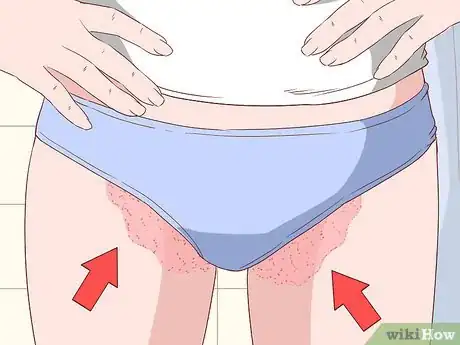
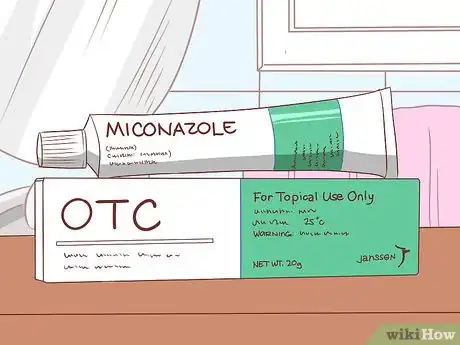
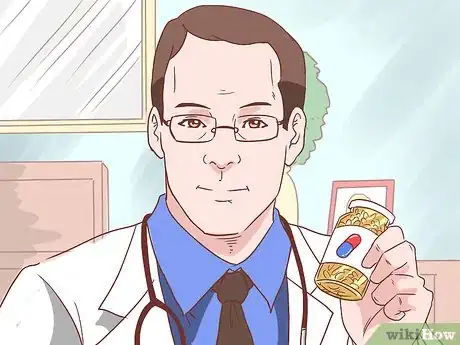
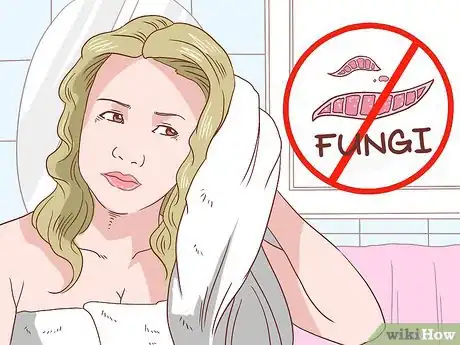
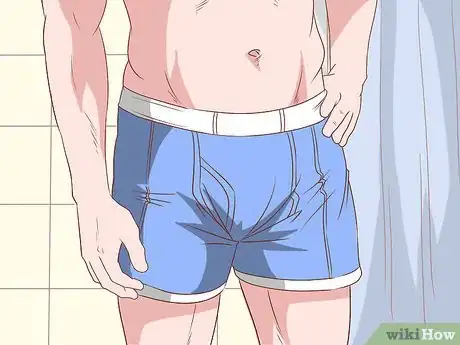
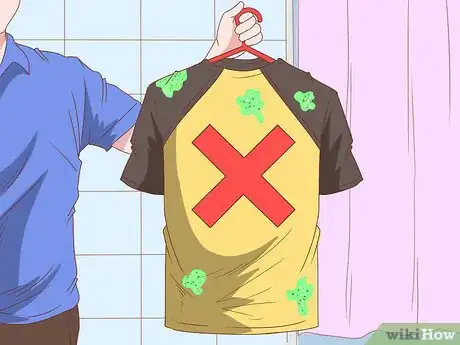
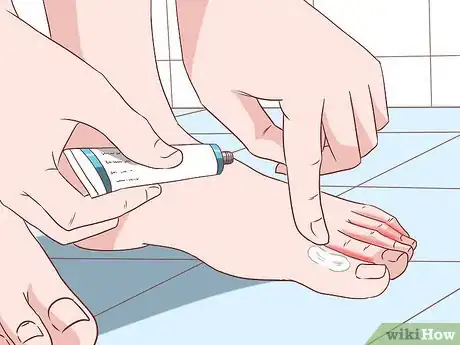
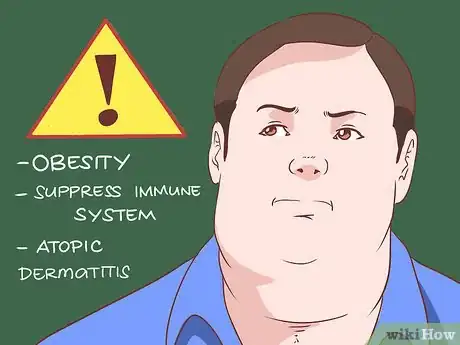
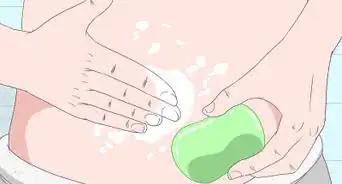
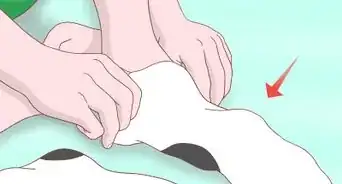
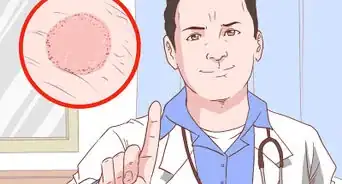




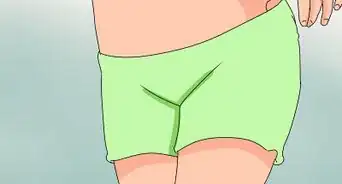
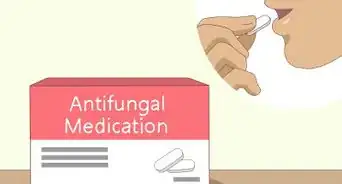
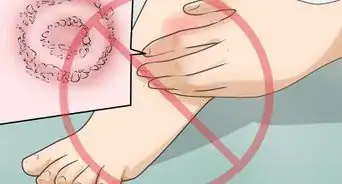
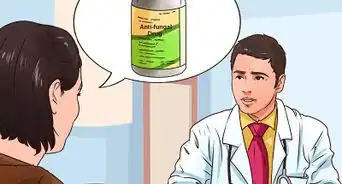
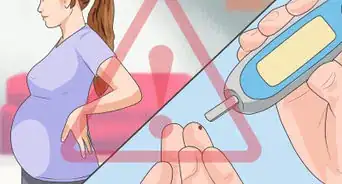
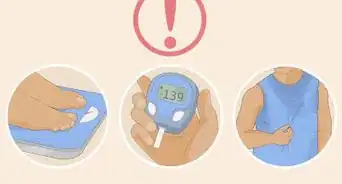
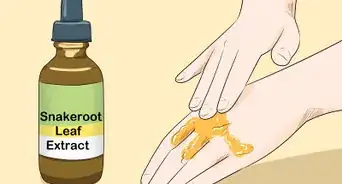








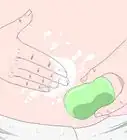
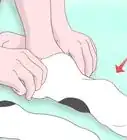
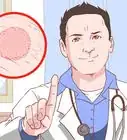




































Medical Disclaimer
The content of this article is not intended to be a substitute for professional medical advice, examination, diagnosis, or treatment. You should always contact your doctor or other qualified healthcare professional before starting, changing, or stopping any kind of health treatment.
Read More...